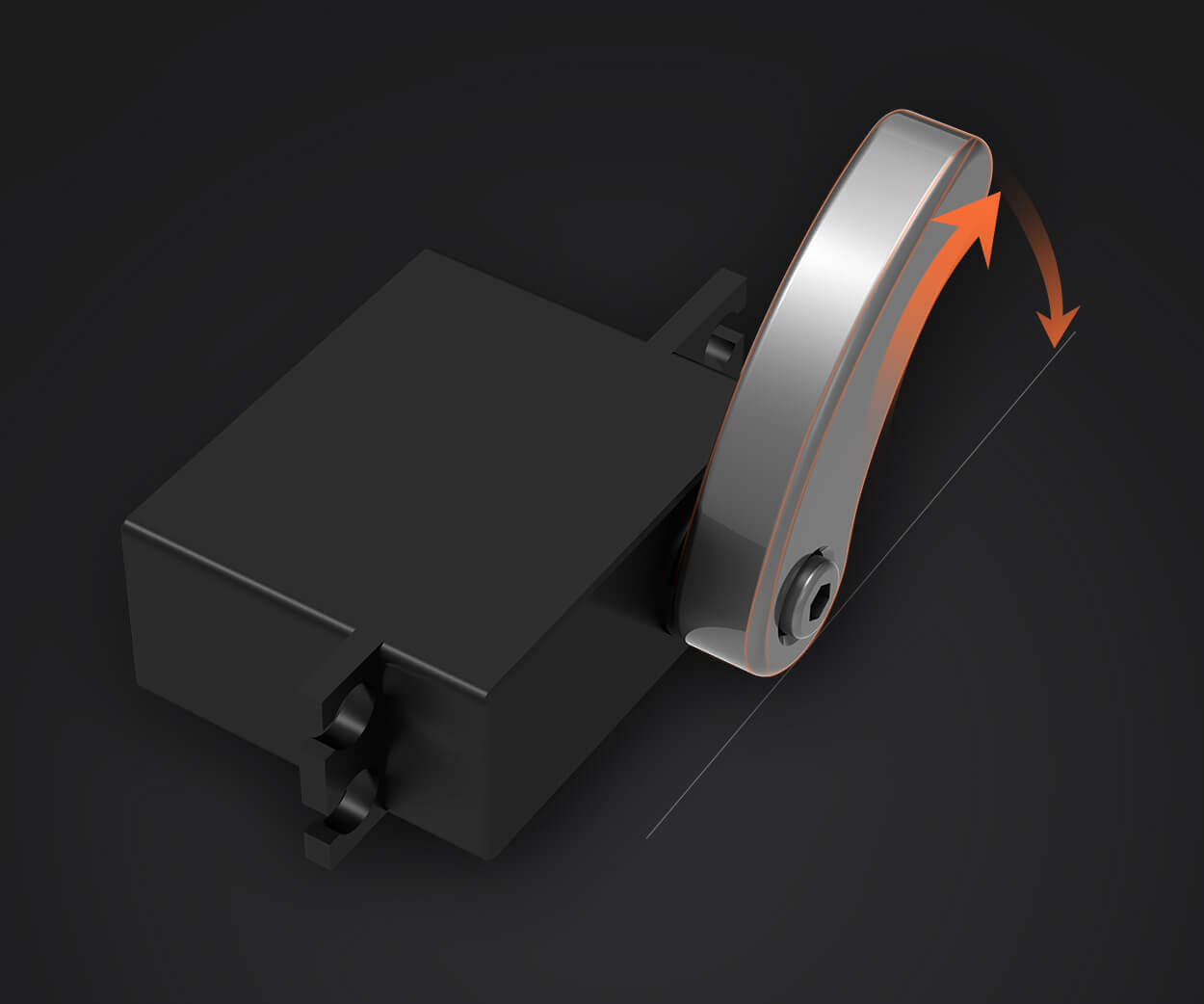Imagine standing in front of two different gadgets—one is a sleek servo motor, whisper-quiet and precise, while the other is a rugged relay perched like a gatekeeper, ready to switch circuits on and off in a heartbeat. The choice between these two isn’t just tech-speak; it’s about understanding what you really need out of your project.

Servo motors? They’re like the artist of motion control. They know how to hold position, rotate to specific angles with finesse, and do it smoothly. If your setup demands accuracy—say, a robotic arm that has to reach exactly this and then that—servo motors are your best friend. They usually come with feedback systems, which means they’re aware of their position at all times. That’s pretty handy when you need precision, but it does mean more complex wiring and a bit more maintenance.
Now picture relays, those old-school heroes of the electrical world. They’re basically switches that open and close circuits instantly, handling high loads without breaking a sweat. They’re simple, reliable, and don’t need much fussing over calibration. When you’re dealing with controlling bigger devices—like motors or heaters—relay types shine. They’re less about finesse and more about making a clear yes or no decision—turn on or off, now or later.
What makes the comparison interesting is the context of use. Let’s say you’re building a device that needs to adjust a camera’s lens precisely—servo motors are perfect there. But if you’re designing a system to control multiple lighting circuits—reliability and simplicity come into play, and relays can be very efficient.
Some commonly asked questions pop up: “Are servo motors more energy-efficient than relays?” Not quite. Servos are active devices that consume power when in motion or holding a position. Relays, once energized, just sit there. But that’s because they’re switching on demand, not maintaining a position. So, in terms of ongoing power use, relays might have the edge.
And durability? Relays can last a long time if maintained well, especially solid-state ones. Servo motors? They’re robust but have moving parts, so occasional wear and tear is inevitable if used heavily.
Here’s the thing: choosing between a servo motor and relay type isn’t about which is better overall. It’s about what suits the task. Need high precision and control? Go servo. Want a simple, high-current switch? Relays are your go-to.
KPOWER’s lineup is crafted to handle these choices with ease. Whether you’re building a sophisticated robotic arm or a straightforward automation system, knowing the core differences makes a huge difference. Sometimes, it’s not about fancy features but about plain do-what-you-need practicality.
So when someone asks, “Which one should I pick?” remember it’s all about the application and what feels right for your project. No need to overthink—it comes down to the bits and pieces that bring your idea to life.
Established in 2005, Kpower has been dedicated to a professional compact motion unit manufacturer, headquartered in Dongguan, Guangdong Province, China. Leveraging innovations in modular drive technology, Kpower integrates high-performance motors, precision reducers, and multi-protocol control systems to provide efficient and customized smart drive system solutions. Kpower has delivered professional drive system solutions to over 500 enterprise clients globally with products covering various fields such as Smart Home Systems, Automatic Electronics, Robotics, Precision Agriculture, Drones, and Industrial Automation.




































